Table of content
Changyou tofu, also known as “deep-fried tofu” or “aged oil tofu,” is a beloved dish in Chinese cuisine celebrated for its crispy exterior, tender interior, and ability to absorb flavors from sauces and broths. This dish, rooted in tradition yet adaptable to modern kitchens, requires precision in preparation and cooking to achieve its signature texture and taste. Whether you’re a home cook exploring Asian recipes or a seasoned chef looking to refine your techniques, this comprehensive guide will walk you through the process of making Changyou tofu, from selecting the right ingredients to mastering the frying technique.
Understanding Changyou Tofu
Changyou tofu originated in regions of China where tofu-making is an art form, such as Sichuan and Guangdong provinces. The term “Changyou” translates to “aged oil,” referencing the traditional method of reusing oil multiple times to deepen the flavor of the tofu. Modern interpretations often prioritize fresh oil for health reasons, but the essence of the dish—crispy, golden-brown tofu with a melt-in-your-mouth center—remains unchanged.
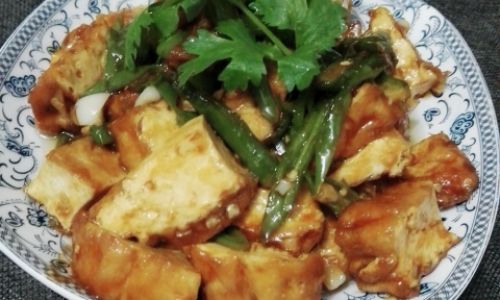
This dish is versatile, serving as a standalone snack, a component in hot pots, or a base for stir-fries. Its appeal lies in its contrasting textures and neutral flavor, which pairs well with bold sauces like soy-ginger, spicy chili, or sweet-and-sour.
Ingredients: Quality Matters
To achieve authentic Changyou tofu, start with high-quality ingredients. Here’s what you’ll need:
-
Tofu:
- Type: Use firm or extra-firm tofu. Soft tofu will disintegrate during frying.
- Quantity: 400–500 grams (14–18 ounces).
- Preparation: Drain the tofu for at least 30 minutes to remove excess moisture. Pressing it gently between paper towels or a clean kitchen cloth helps eliminate water, ensuring a crispier crust.
-
Coating Ingredients:
- Cornstarch or Potato Starch: 3–4 tablespoons. These starches create a light, airy coating.
- All-Purpose Flour: 2 tablespoons (optional, for added crunch).
- Seasonings: Salt, white pepper, and a pinch of five-spice powder (optional).
-
Oil for Frying:
- Type: Neutral oil with a high smoke point, such as peanut, vegetable, or canola oil.
- Quantity: 2–3 cups (enough to submerge the tofu pieces).
-
Optional Additions:
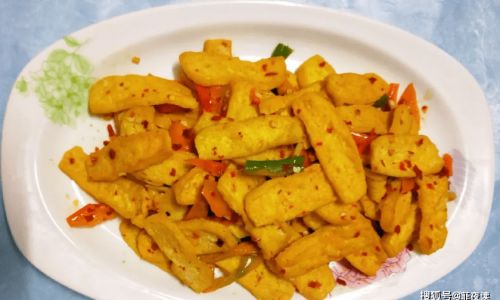
- Egg Wash: For a richer coating, dip the tofu in a beaten egg before dredging in starch.
- Aromatics: Minced garlic or ginger to infuse the oil (traditional method).
Step-by-Step Preparation
Preparing the Tofu
-
Draining and Pressing:
Remove the tofu from its packaging and place it on a plate lined with paper towels. Cover with additional towels and weigh it down with a heavy object (e.g., a cast-iron skillet or a bowl filled with water). Let it sit for 30–60 minutes to expel moisture. This step is critical—excess water will cause the tofu to splatter during frying and prevent the coating from adhering properly. -
Cutting:
Slice the pressed tofu into bite-sized pieces. Traditional shapes include cubes (2×2 cm) or rectangular planks (5x3x1 cm). Uniformity ensures even cooking.
Coating the Tofu
-
Starch Application:
In a shallow bowl, mix the cornstarch, flour (if using), salt, white pepper, and five-spice powder. Gently toss the tofu pieces in the mixture, ensuring each side is evenly coated. Shake off excess starch to avoid clumping. -
Egg Wash (Optional):
For a thicker, golden crust, dip the tofu in beaten egg before coating. This adds richness but may make the dish slightly heavier.
Frying Technique
-
Heating the Oil:
Pour oil into a deep skillet or wok, leaving at least 2 inches of space at the top to prevent overflow. Heat over medium-high flame until the oil reaches 175–185°C (350–365°F). Use a kitchen thermometer for accuracy. If unavailable, test the oil by dropping a small piece of coated tofu—it should sizzle immediately but not burn. -
Frying Process:
Carefully lower the tofu pieces into the hot oil, working in batches to avoid overcrowding. Fry for 3–4 minutes per side, or until golden brown and crisp. Use tongs or a slotted spoon to flip them gently. Overcrowding the pan lowers the oil temperature, resulting in soggy tofu.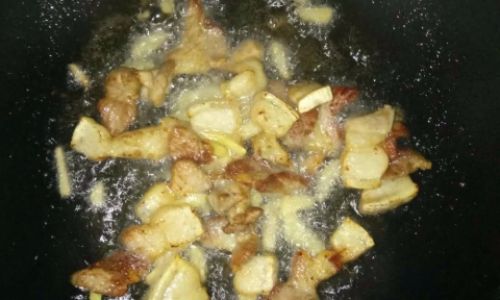
-
Draining Excess Oil:
Transfer the fried tofu to a wire rack or a plate lined with paper towels to absorb excess oil. This maintains crispness.
Final Touches
-
Seasoning Post-Frying:
Immediately sprinkle the hot tofu with a pinch of salt or a dash of chili flakes for added flavor. -
Serving Suggestions:
Changyou tofu is best enjoyed hot. Pair it with:- Dipping Sauces: Sweet chili sauce, soy sauce mixed with rice vinegar, or a spicy black bean sauce.
- Accompaniments: Steamed rice, pickled vegetables, or a side of stir-fried greens.
- In Dishes: Add to hot pots, ramen broths, or mapo tofu for texture contrast.
Troubleshooting Common Issues
-
Soggy Tofu:
- Cause: Inadequate draining or frying at too low a temperature.
- Fix: Press the tofu thoroughly and ensure the oil is hot enough before frying.
-
Uneven Browning:
- Cause: Overcrowding the pan or inconsistent oil temperature.
- Fix: Fry in small batches and maintain a steady medium-high heat.
-
Burnt Coating:

- Cause: Oil too hot or frying for too long.
- Fix: Monitor the oil temperature and reduce heat if the coating darkens too quickly.
Healthier Variations
While traditional Changyou tofu is deep-fried, you can adapt the recipe for lighter meals:
- Air Fryer Method: Coat the tofu as usual, then air-fry at 200°C (400°F) for 15–20 minutes, flipping halfway.
- Pan-Frying: Use a non-stick skillet with a thin layer of oil and cook the tofu over medium heat until crispy.
Cultural Significance
Changyou tofu holds a special place in Chinese culinary history. Historically, it was a way to preserve tofu by frying and aging it in oil, extending its shelf life. Today, it symbolizes resourcefulness and creativity, transforming a humble ingredient into a gourmet delight. In festivals and family gatherings, it often appears as a symbol of prosperity due to its golden hue.
Conclusion
Mastering Changyou tofu is a rewarding endeavor that combines technique with tradition. By focusing on quality ingredients, meticulous preparation, and precise frying, you can recreate this classic dish in your own kitchen. Whether enjoyed as a snack, appetizer, or component of a larger meal, its crispy texture and adaptability make it a timeless favorite. Experiment with sauces, spices, and cooking methods to find your perfect rendition—and don’t forget to share it with loved ones, as food is best enjoyed in good company.
With practice, you’ll discover the joy of achieving that elusive balance between crunch and tenderness, turning a simple block of tofu into a culinary masterpiece. Happy cooking!

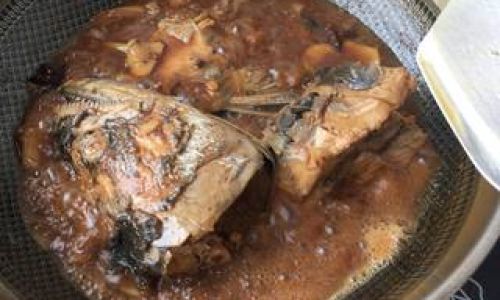

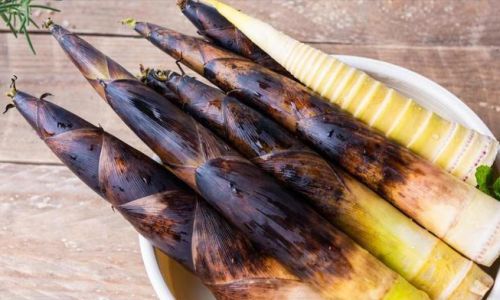

0 comments